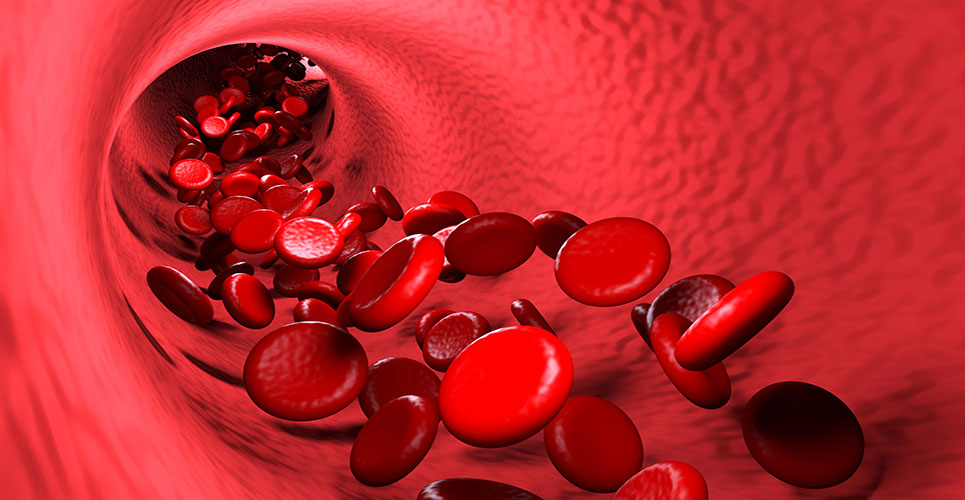teaser
Brian Edwards, CBE
Emeritus Professor
Healthcare Development
University of Sheffield, UK
Former President
HOPE (European Hospital and Healthcare Federation)
Brussels, Belgium

Just before the summer break the European Parliament
discussed a report by the Commission on Blood Supply.1 It contained mixed news. Voluntary donation is on the rise but young Europeans are giving less than the older generation. One parliamentarian wondered whether they have the same level of altruism as the older generation; another asked whether a more targeted promotion campaign focused on the young would. Men typically give blood more than women, as do those with a higher education. Four out of ten Europeans have given blood at some point during their lives, according to a Eurobarometer study.2 Most Europeans think the safety of blood has improved markedly in the last 10 years.
The biggest donors are the Austrians, followed by the French. Surprisingly, we find Sweden at the bottom of the list, with Malta only a little better. Very few shortages of blood are reported in Europe.
The cornerstone of EU policy is self-sufficiency, thus removing the dangers that arise from the importation of blood from third world countries where provenance is difficult to establish. According to the World Health Organisation, it only requires 1% of the population to donate blood to achieve self-sufficiency.
A European directive instructs Member States to take all necessary measures to encourage voluntary and unpaid donations, although this does not exclude incentives, which might include transportation to the donation point, blood test results, chocolates, mugs, t-shirts or a day off work if a public sector employer is involved. Only Poland offers donors tax breaks. Many countries have defined penalties for breaching the voluntary policy but none ever appear to have been used.
Collection agencies are predominantly in the public sector, although Finland, Germany, Austria and Lithuania do use private sector collection agencies. There is some degree of trans-border blood donation but no reports that this is causing problems. National blood agencies do coordinate supply between countries at times of emergency and this included the recent Escherichia coli outbreak in Germany.
A number of countries have bilateral agreements with neighbouring countries to ensure national supplies are always adequate.
Plasma fractionation, which refers to the process of separating the various fractions out of blood plasma, results in plasma-derived medicinal products and is therefore subject to pharmaceutical legislation.
The blood supply system in Turkey is being strengthened as part of pre-accession investment, although the country is judged to have an adequate supply to meet the needs of its population.
All in all this seems a highly satisfactory report. The debate for the future seems to hinge on the collection and storage of umbilical blood and cords themselves, which offer major potential for research and, in the long-term, treatment. The parliamentarians who spoke about this were very enthusiastic, as was the Commission expert. More debate, at least, is likely.
Given that the Commission’s mandate is limited to quality and the safety of blood and blood components, little if any action seems likely on the collection side, although this might be an area for major cost savings if competition could be stimulated amongst the commercial collection agencies.
Keeping an eye on quality standards will be important , but ‘if it works don’t fix it’ is almost certainly the right policy option. There are plenty of bigger problems for the Commission to get its teeth into.
